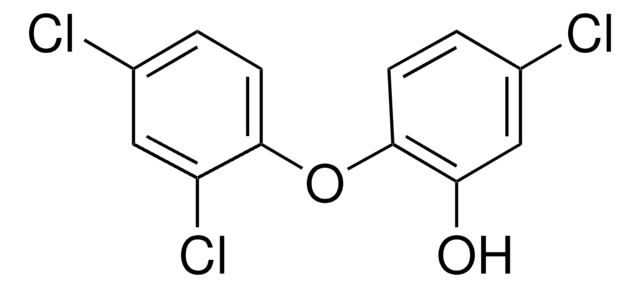C38303
4-Chloro-3,5-dimethylphenol
99%
Synonyme(s) :
4-Chloro-3,5-xylenol, 4-Chloro-sym-m-xylenol, PCMX
About This Item
Produits recommandés
Niveau de qualité
Essai
99%
Forme
powder
Pf
114-116 °C (lit.)
Chaîne SMILES
Cc1cc(O)cc(C)c1Cl
InChI
1S/C8H9ClO/c1-5-3-7(10)4-6(2)8(5)9/h3-4,10H,1-2H3
Clé InChI
OSDLLIBGSJNGJE-UHFFFAOYSA-N
Vous recherchez des produits similaires ? Visite Guide de comparaison des produits
Catégories apparentées
Application
- Synthesis and Spectroanalytical Studies of a New Azodye Derived From 2-Amino-6-ethoxybenzothiazole and 4-Chloro-3,5-dimethylphenol: Discusses the synthesis and characterization of a new azo dye derived from 4-chloro-3,5-dimethylphenol, highlighting its potential applications in dyeing and pigments (AA Ali, 2017).
- Crystal structure of the co-crystalline adduct 1, 3, 6, 8-tetraazatricyclo dodecane (TATD)–4-chloro-3,5-dimethylphenol (1/1): This paper details the crystal structure of a complex formed with 4-chloro-3,5-dimethylphenol, providing insights into its structural properties (A Rivera et al., 2015).
Mention d'avertissement
Warning
Mentions de danger
Conseils de prudence
Classification des risques
Acute Tox. 4 Oral - Eye Irrit. 2 - Skin Irrit. 2 - Skin Sens. 1
Code de la classe de stockage
11 - Combustible Solids
Classe de danger pour l'eau (WGK)
WGK 1
Équipement de protection individuelle
dust mask type N95 (US), Eyeshields, Faceshields, Gloves
Faites votre choix parmi les versions les plus récentes :
Déjà en possession de ce produit ?
Retrouvez la documentation relative aux produits que vous avez récemment achetés dans la Bibliothèque de documents.
Les clients ont également consulté
Notre équipe de scientifiques dispose d'une expérience dans tous les secteurs de la recherche, notamment en sciences de la vie, science des matériaux, synthèse chimique, chromatographie, analyse et dans de nombreux autres domaines..
Contacter notre Service technique
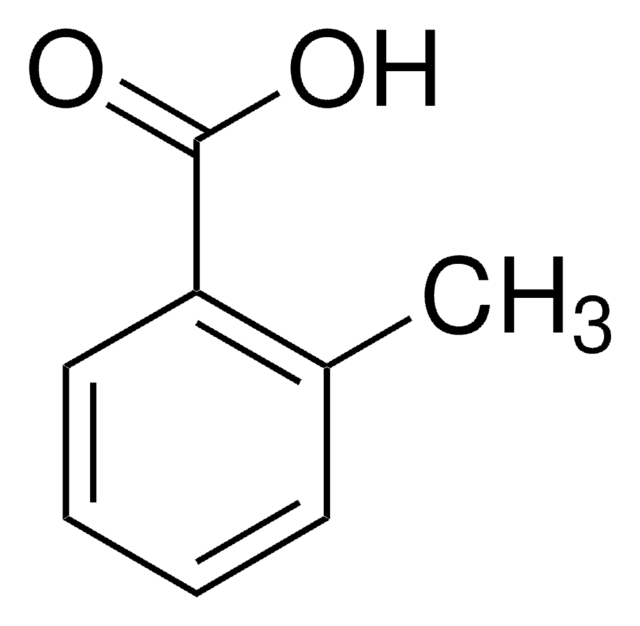
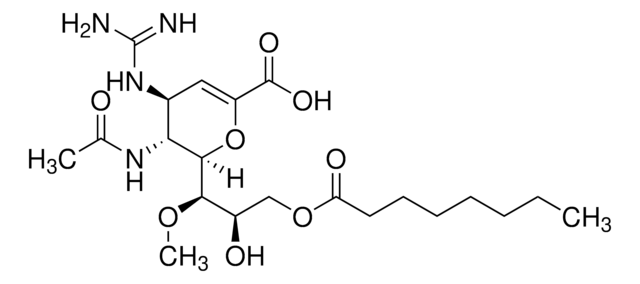

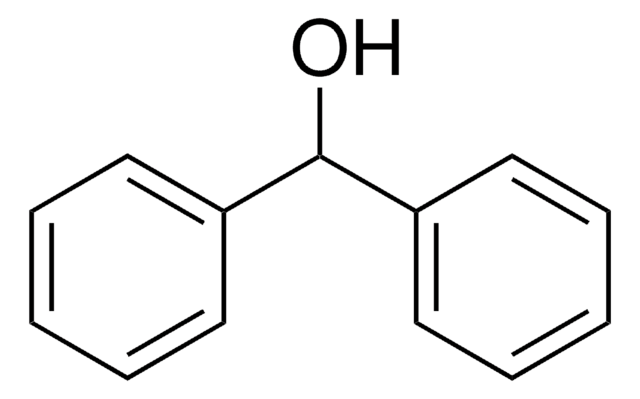
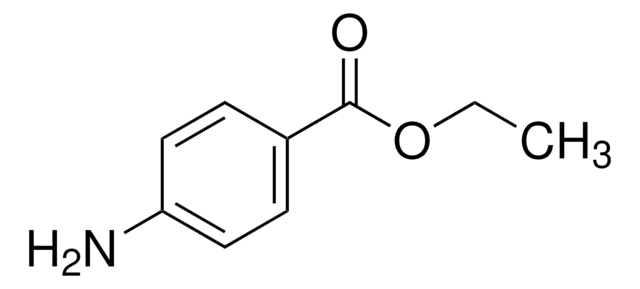
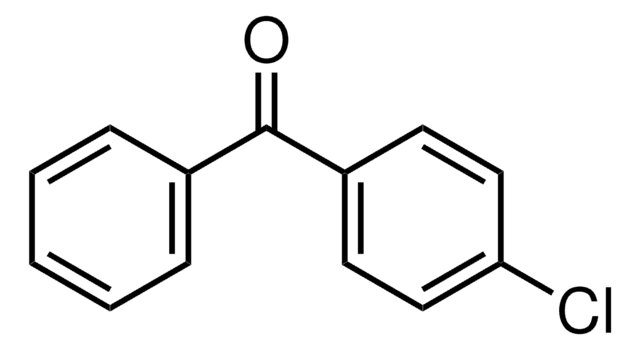
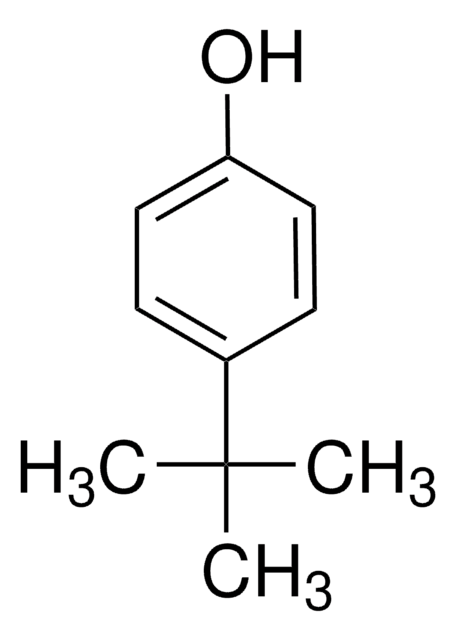

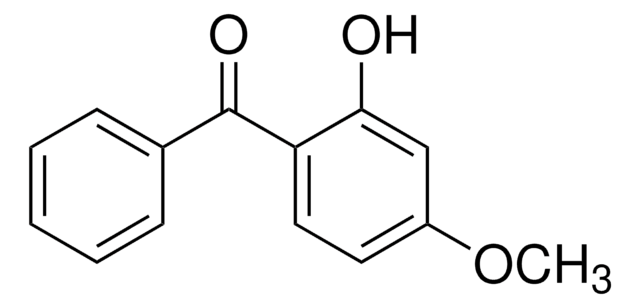
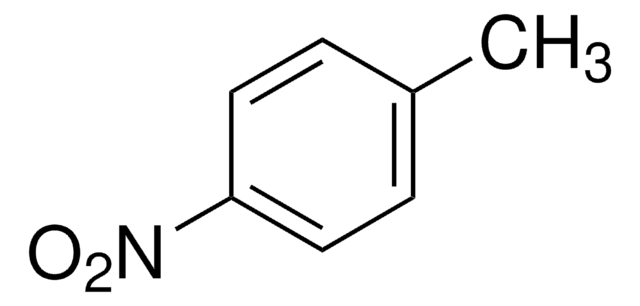
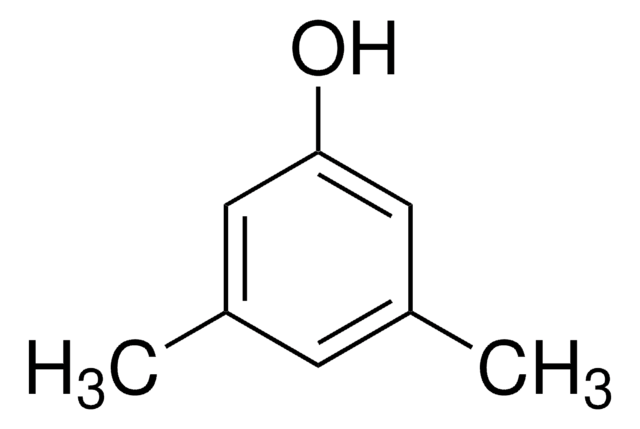
![Poly[dimethylsiloxane-co-(3-aminopropyl)methylsiloxane] eq. wt. 4,400 Amine](/deepweb/assets/sigmaaldrich/product/structures/427/354/e688e87b-f9db-4070-9e27-fccd23c1dfaa/640/e688e87b-f9db-4070-9e27-fccd23c1dfaa.png)
